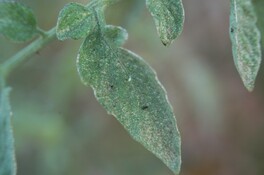
webbing on the underside of the leaves. These tiny arthropods (they are not true insects) are often difficult to see due to their size and their habit of feeding on the underside of leaves. If mites are suspected, hold a sheet of white paper beneath a
leaf and tap the leaf. Mites will be dislodged and can be seen as tiny specks on the paper that move about.
Spider mite control can be challenging. A strong jet of water can be used to remove the mites but may not be as easy as it sounds. A high-pressure directed spray is needed to dislodge the mites.
Since spider mites feed on the underside of the leaves, the spray is most effective if it comes from below. This can be difficult to accomplish with a thumb over the end of the hose. Some gardeners use a water wand hooked to a shut-off valve. The water breaker is then replaced by a brass nozzle. Specialized spray wands can also be used. For example, Mite-Y-Fine (miteyfine.com) has a wand that makes spraying the underside of leaves easy. Spraying once will not be enough. It is recommended to use 3 sprays spaced 3 to 4 days apart.
Horticultural oils and insecticidal soaps (Safers, for example) can also be helpful. Spray early in the morning when temperatures are cooler and plants have rehydrated. Resprays will likely be needed. (Ward Upham)
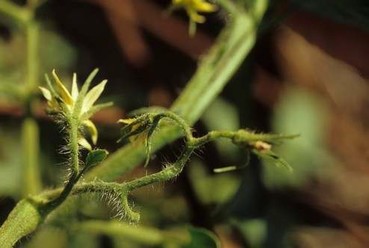
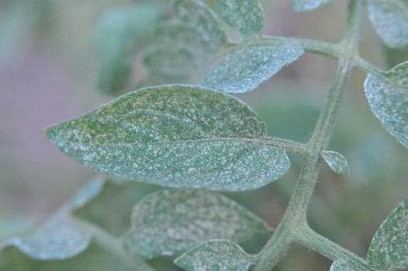
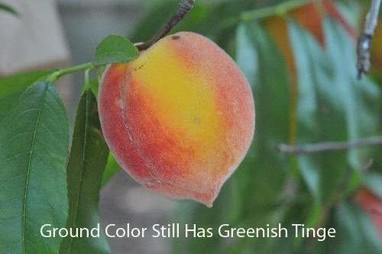
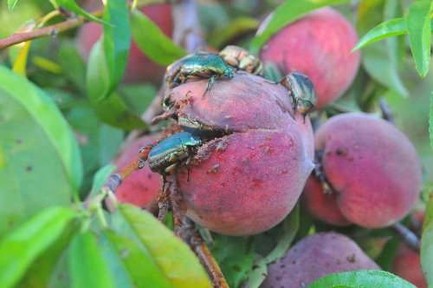
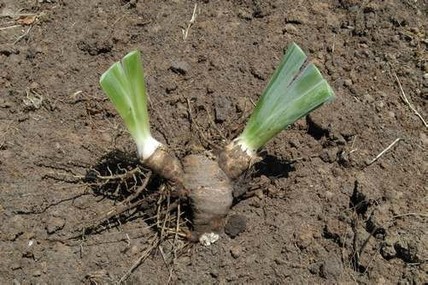
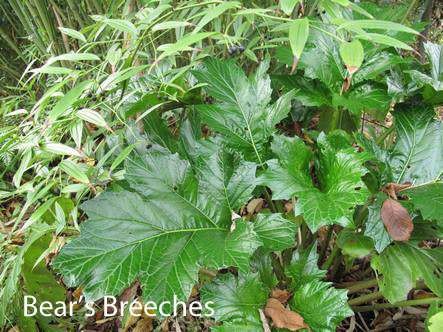
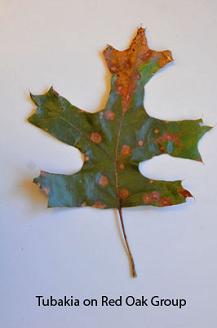
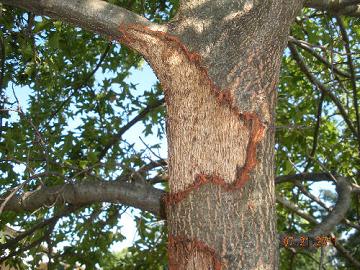
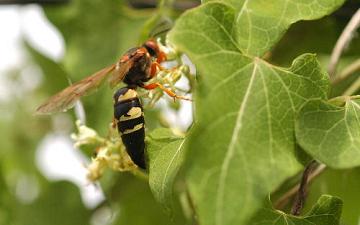
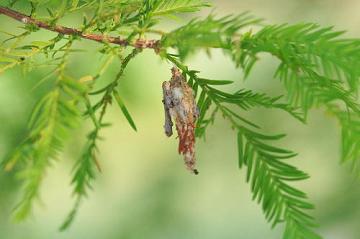
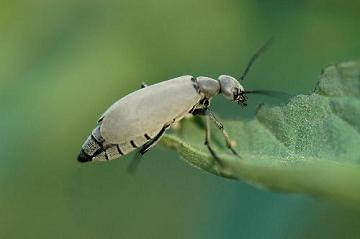
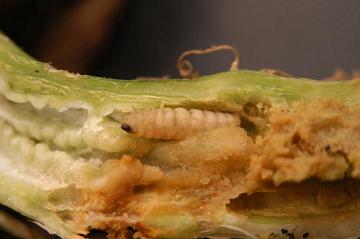
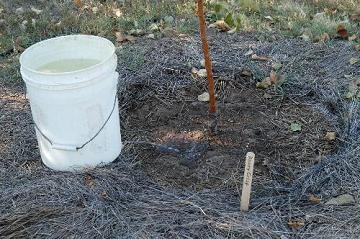


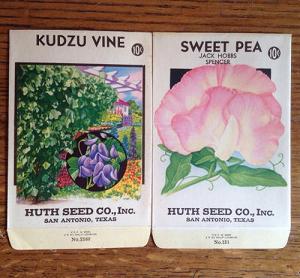
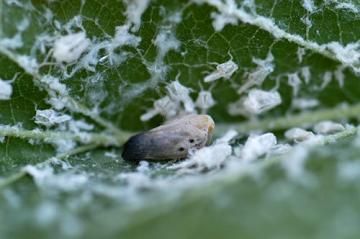

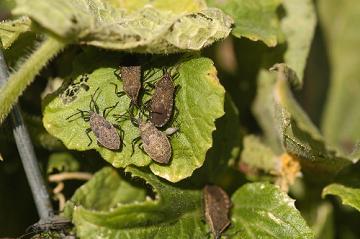
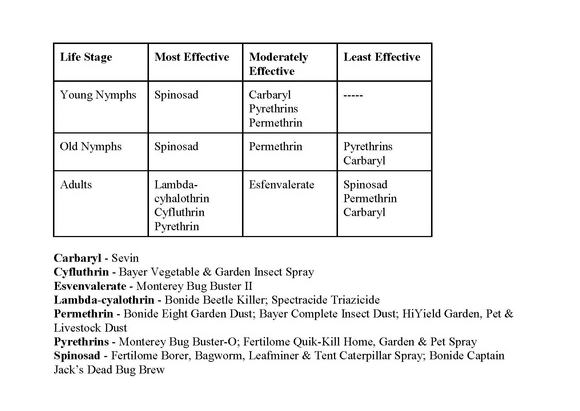
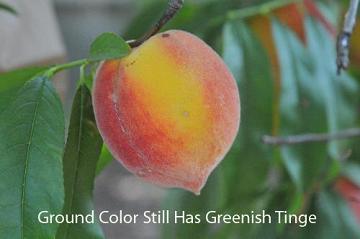
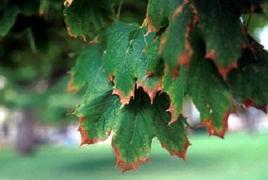

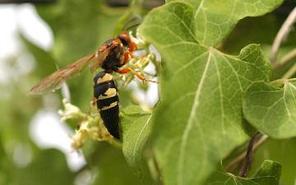
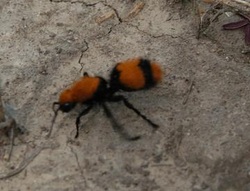
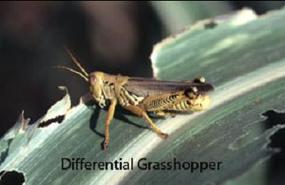
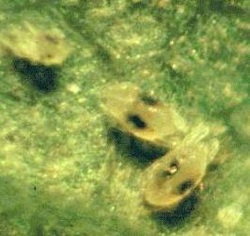
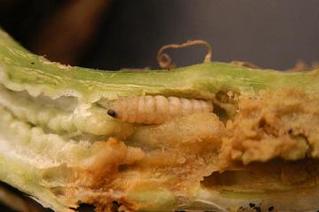
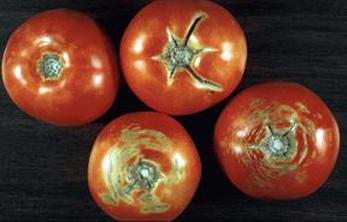

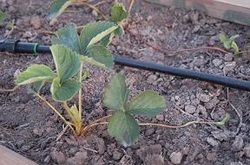
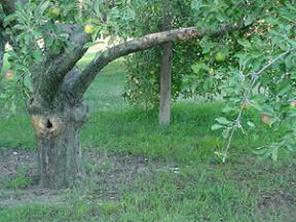

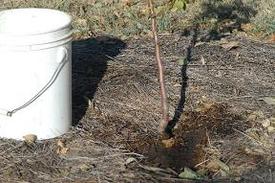
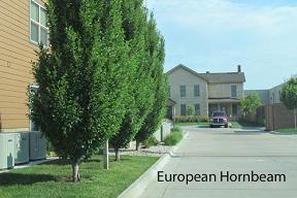
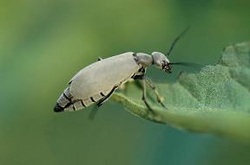
 RSS Feed
RSS Feed
